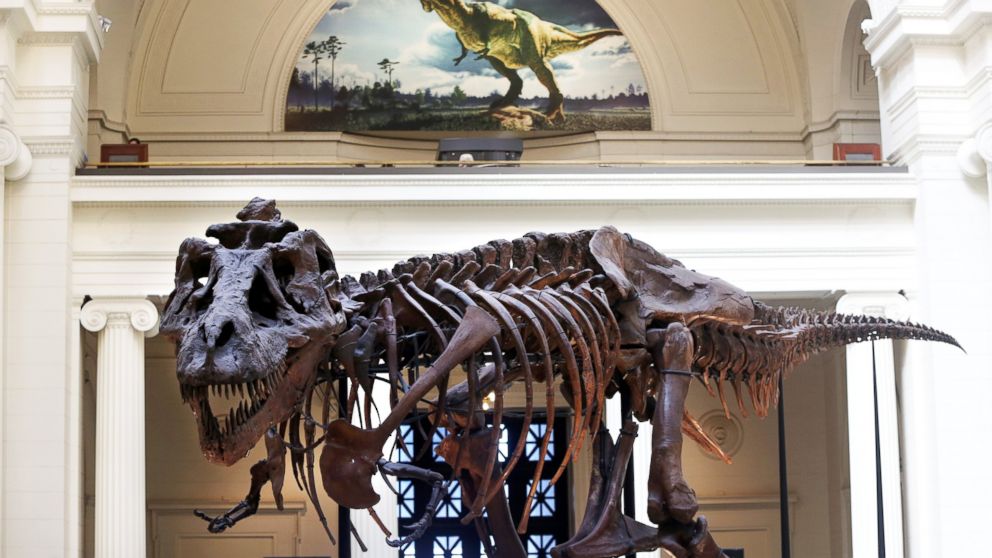How Dinosaurs Kept Shrinking for 50 Million Years and Became Today's Birds
New study details how giant dinosaurs were down-sized in 12 major steps.

— -- It's long been known that today's birds are the progeny of earth-shaking dinosaurs.
But a new study published in the journal Science details how the giants kept shrinking and shrinking for at least 50 million years.
A detailed family tree published in the study chronicled how the ancestors of modern birds underwent 12 substantial down-sizings, and eventually emerged as archaeopteryx, the earliest known bird on Earth, as the “end product.”
The finding shows that transitional fossils, many from northern China, provide overwhelming evidence that dinosaurs evolved into birds and survived when a deadly asteroid hit the Earth around 65 million years ago at the end of the Cretaceous period, leading to a mass extinction of dinosaur species.
Read More: Updated Dinosaurs Stalk America in Arena Show
Many massive, meat-eating predatory dinosaurs -- including species related to T-Rex and Velociraptor -- developed bird-like features, including wishbones and a reduced, three-fingered hand over time, according to the research.
“We have known that dinosaurs gradually evolved into birds for a long time,” Warren Allmon, director at the Paleontological Research Institution in New York told ABC News today.
“But this analysis gives an explicit hypothesis of the stages when the miniaturization occurred,” Allmon said. “This is one step forward.”




